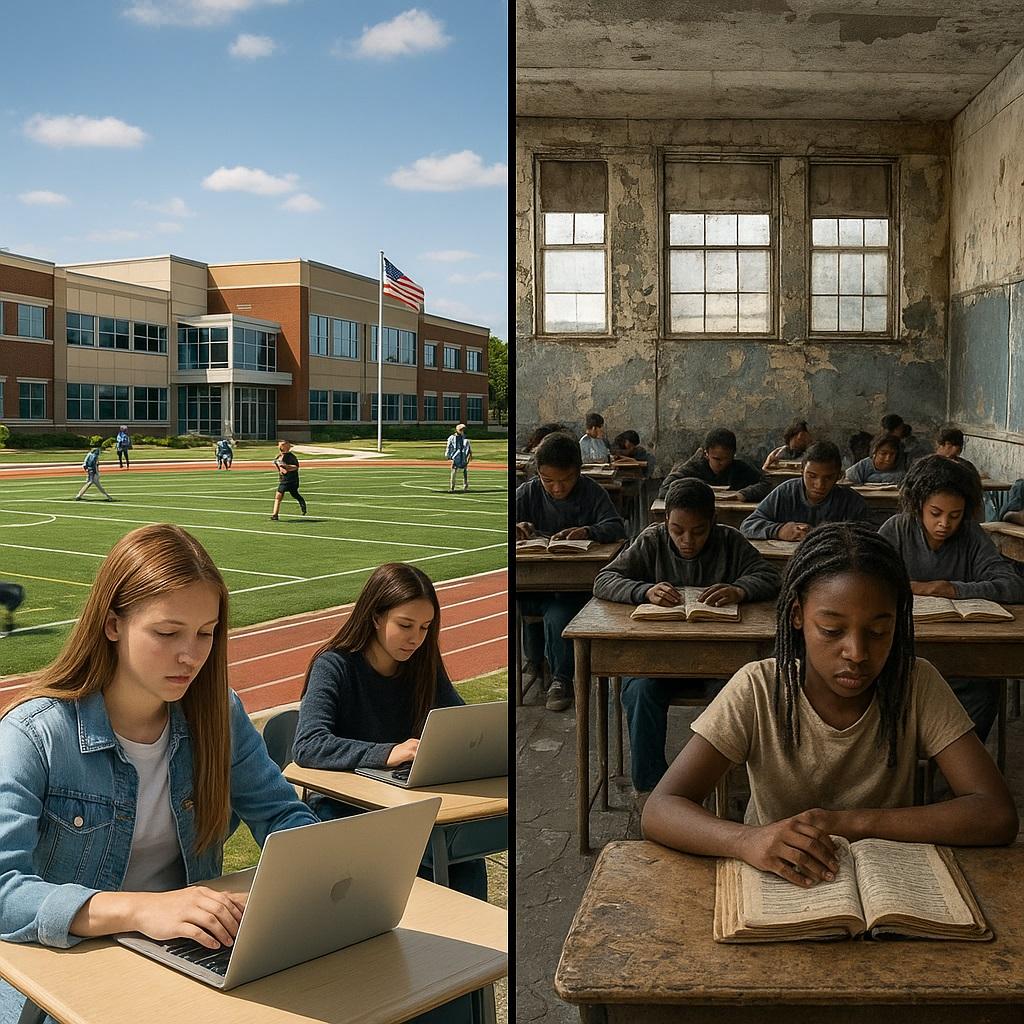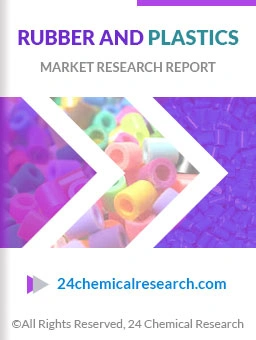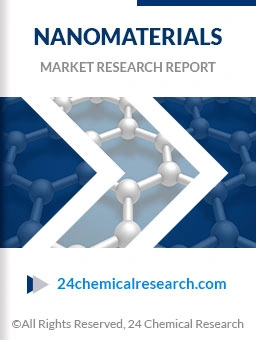Why School Tax Inequality Still Shapes U.S. Education in 2025
In 2025, one uncomfortable truth still defines American public education: where you live often determines the quality of the school you attend. This is because most school funding systems rely heavily on local property taxes a structure that benefits wealthy districts while leaving low-income areas struggling to provide basic resources.
Wealthy neighborhoods with high property values can raise far more money per student than poorer districts, even when those poorer communities tax themselves at higher rates. The result? Smaller classes, better-paid teachers, and richer academic programs for some students, while others face overcrowded classrooms and outdated materials.
Court challenges have declared such funding models unconstitutional in several states, but the system persists. The impact is not only educational it reinforces racial and economic segregation, locking in disparities for generations.
True reform will require shifting away from a property-tax-based model toward funding formulas that consider student need and aim to close opportunity gaps. Until then, a student’s ZIP code will continue to play an outsized role in determining their future.
📖 Read the full analysis here: https://lonniepalmer.com/2025/08/13/school-tax-inequality-in-the-us/
In 2025, one uncomfortable truth still defines American public education: where you live often determines the quality of the school you attend. This is because most school funding systems rely heavily on local property taxes a structure that benefits wealthy districts while leaving low-income areas struggling to provide basic resources.
Wealthy neighborhoods with high property values can raise far more money per student than poorer districts, even when those poorer communities tax themselves at higher rates. The result? Smaller classes, better-paid teachers, and richer academic programs for some students, while others face overcrowded classrooms and outdated materials.
Court challenges have declared such funding models unconstitutional in several states, but the system persists. The impact is not only educational it reinforces racial and economic segregation, locking in disparities for generations.
True reform will require shifting away from a property-tax-based model toward funding formulas that consider student need and aim to close opportunity gaps. Until then, a student’s ZIP code will continue to play an outsized role in determining their future.
📖 Read the full analysis here: https://lonniepalmer.com/2025/08/13/school-tax-inequality-in-the-us/
Why School Tax Inequality Still Shapes U.S. Education in 2025
In 2025, one uncomfortable truth still defines American public education: where you live often determines the quality of the school you attend. This is because most school funding systems rely heavily on local property taxes a structure that benefits wealthy districts while leaving low-income areas struggling to provide basic resources.
Wealthy neighborhoods with high property values can raise far more money per student than poorer districts, even when those poorer communities tax themselves at higher rates. The result? Smaller classes, better-paid teachers, and richer academic programs for some students, while others face overcrowded classrooms and outdated materials.
Court challenges have declared such funding models unconstitutional in several states, but the system persists. The impact is not only educational it reinforces racial and economic segregation, locking in disparities for generations.
True reform will require shifting away from a property-tax-based model toward funding formulas that consider student need and aim to close opportunity gaps. Until then, a student’s ZIP code will continue to play an outsized role in determining their future.
📖 Read the full analysis here: https://lonniepalmer.com/2025/08/13/school-tax-inequality-in-the-us/
0 Comentários
0 Compartilhamentos
0 Anterior








